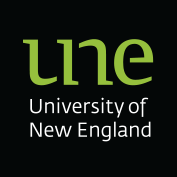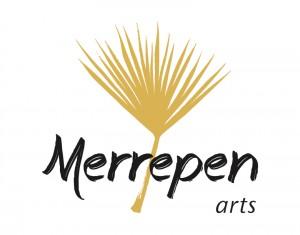What is the Ngan’gi Language?
Ngan’gi is a label that covers two closely related varieties of language called Ngan'gikurunggurr and Ngen'giwumirri. There really is no single label which covers both these varieties. Nick Reid's grammar (1990) used the name Ngan'gityemerri as a cover term for both varieties, but for the Ngan’gi Dictionary and subsequently we've decided to just use Ngan'gi instead.
Ngan'gi is spoken by about 150-200 people in the region around the Daly River in Australia's Northern Territory, most of them living in the communities of Nauiyu, Peppimenarti, Wudigapildhiyerr, and in a number of smaller outstations on traditional lands, such as Nganambala and Merrepen.
The Ethnologue entry for Ngan’gityemerri found [here](https://www.ethnologue.com/language/nam) provides these details:
- ISO 639-3: nam
- Alternate Names: Moil, Ngangi-Tjemerri, Tyemeri
- Population: 180 (2006 census). Ngenkiwumerri dialect is endangered, moving towards seriously endangered (Wurm 2007).
- Location: Northern Territory, Mission, Tipperary Station, Flora and Daly rivers junction, Daly river.
- Language Maps: Northern Australia
- Language Status: 7 (Shifting)
- Classification: Australian, Daly, Murrinh-Patha
- Dialects: Nangikurrunggurr (Nangikurunggurr, Ngangikarangurr, Ngankikurrunkurr, Ngenkikurrunggur), Ngan'gimerri, Ngan'giwumirri (Ngangi-Wumeri, Ngenkiwumerri). Ngan'giwumirri dialect is 84% similar with other dialects.
Ngan'gikurunggurr and Ngen'giwumirri share the same alphabet of sounds; they share identical verbal structure; they both have the same 31 finite verbs; and they have about 90% of words in common. Speakers of either variety can understand the other fairly easily. So linguists would describe them as two dialects of a single language. However we prefer to call each of them ‘languages’ because speakers of these two speech varieties identify as being different from each other, and do not really use any name that covers both groups. The names Ngan’gikurunggurr and Ngen’giwumirri are etymologically compounds of ngan’gi ‘language/story/word’ and kurunggurr and wumirri. Kurunggurr is both the name of a particular billabong in the muyil (Moyle) marshland northwest of Peppimenarti, and also the general term for deep, dark water, as found in the main channel of a river. The etymology of wumirri is not clear. There is a similar looking word wumirr which refers to a type of resin found among ironbark roots, but it isn't clear that this is the same word.
It appears that there was a third variety of this language called Ngen'gimerri, more closely related to Ngen'giwumirri than Ngan'gikurunggurr, which was spoken in the northeasternmost estate of rak-Merren until about the 1960s. This variety was described by Gerhardt Laves in 1930, and the recording of various names by Tindale and Capell which seems to omit the 'wu' syllable - ie Nganggumirri, Ngangumeri, etc. are likely to be representations of this third variety. Rak-Merren descendants today tend to identify as Ngen'giwumirri.


